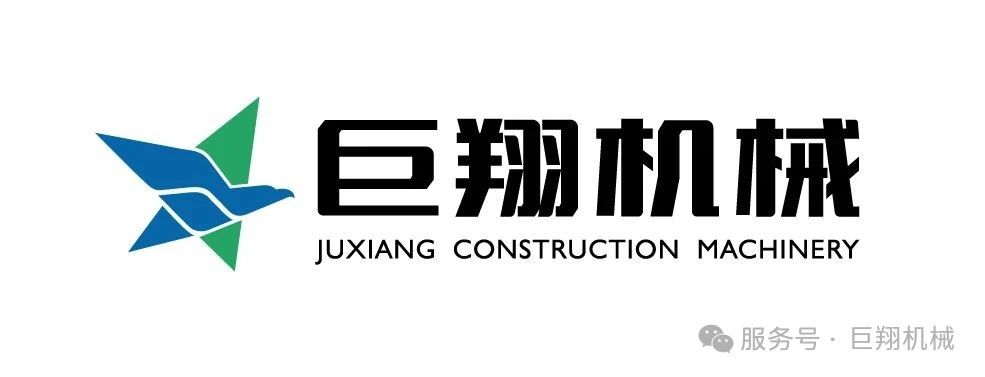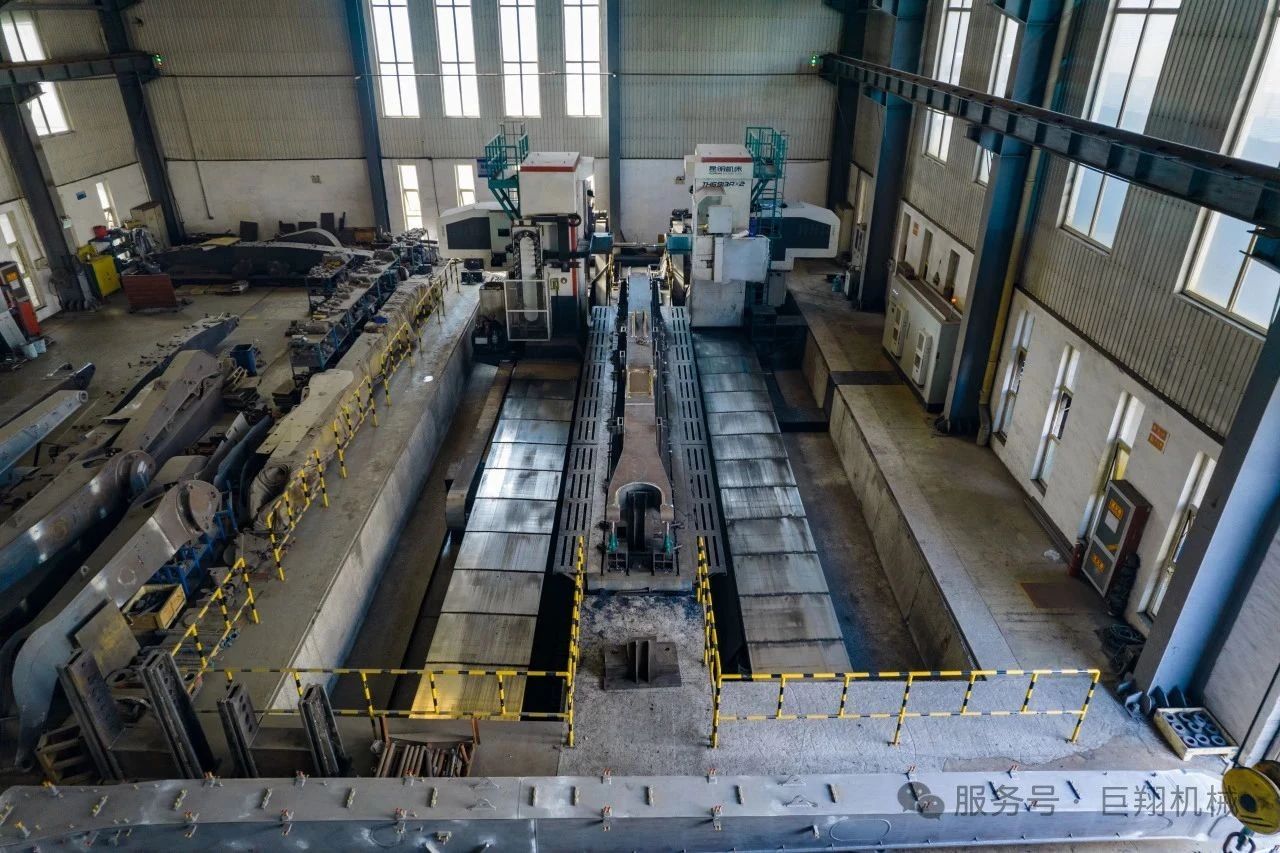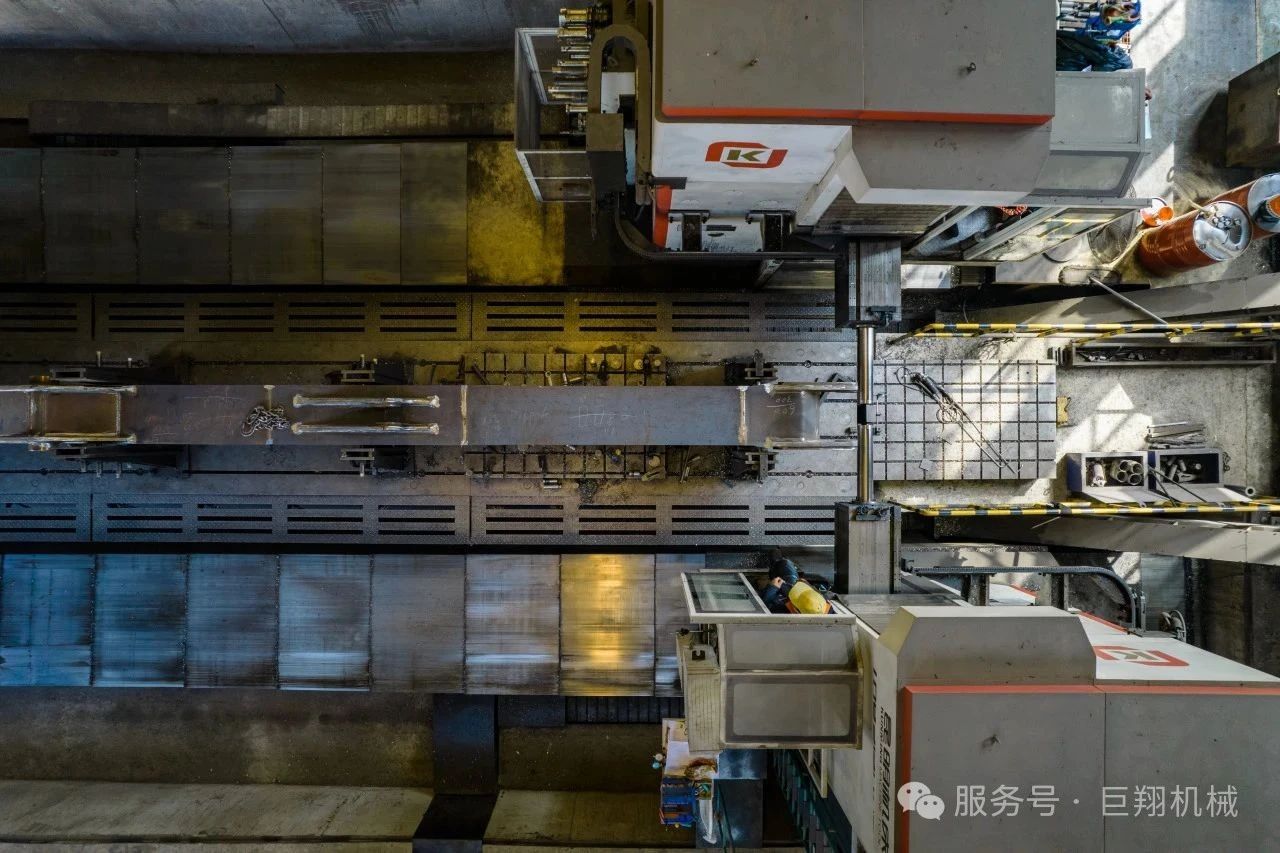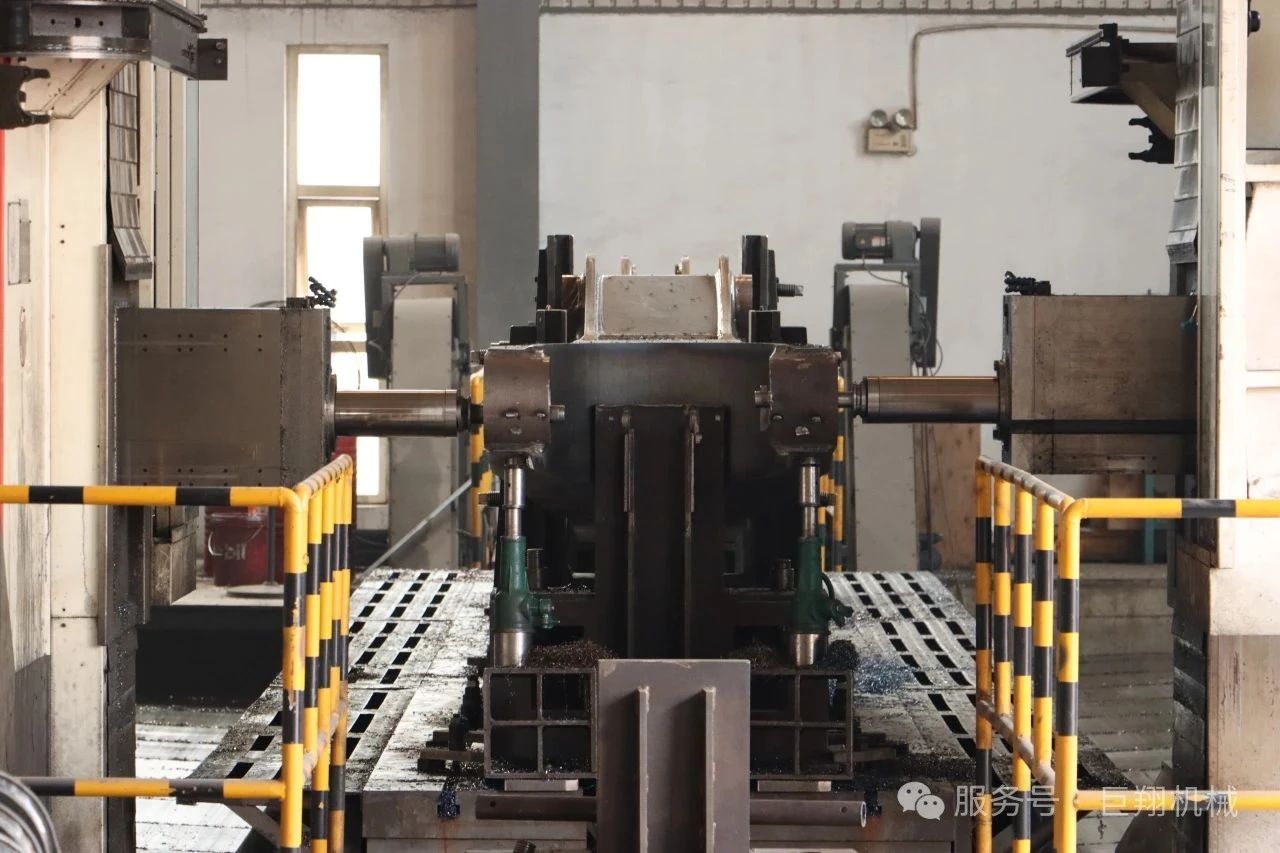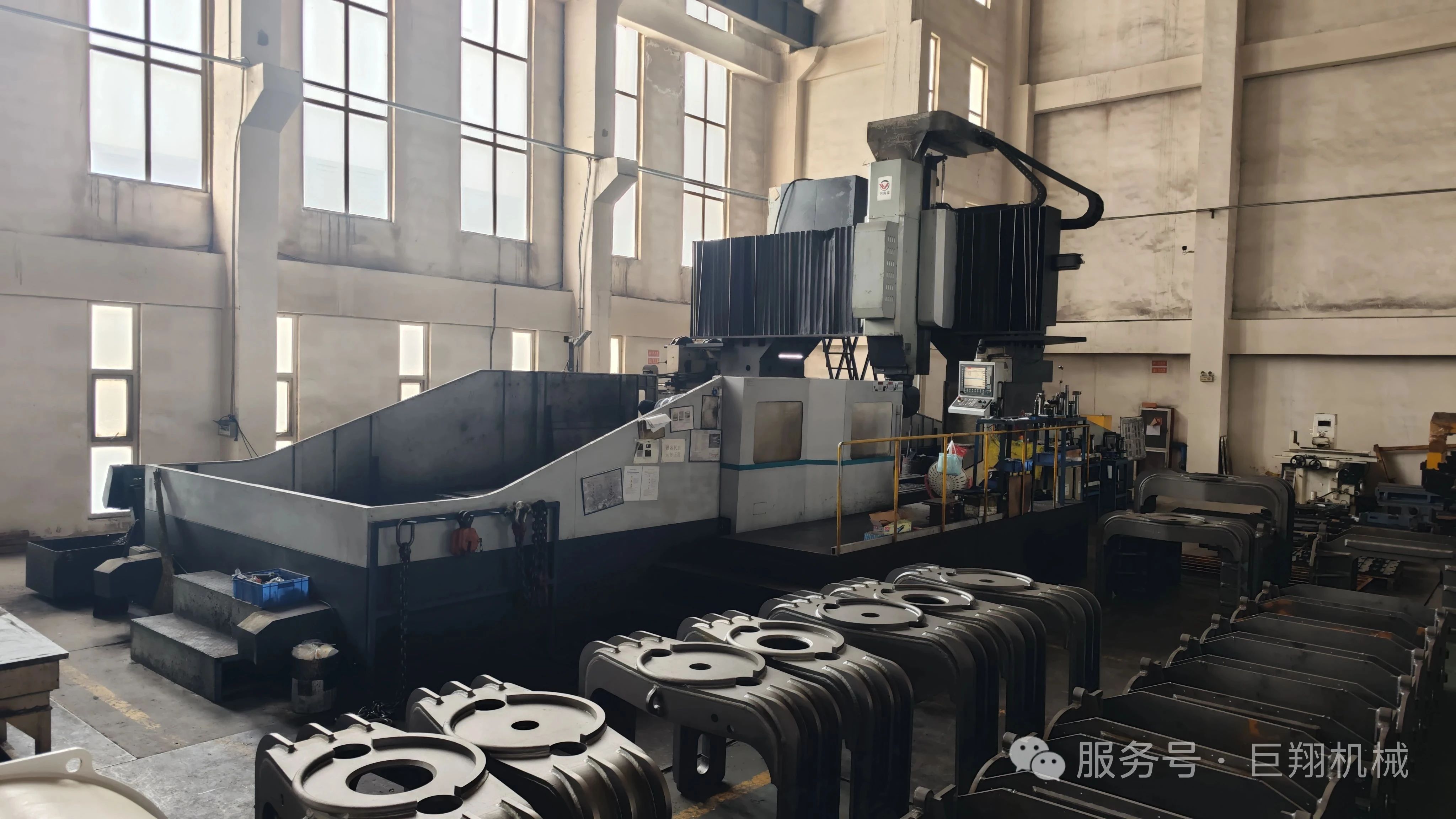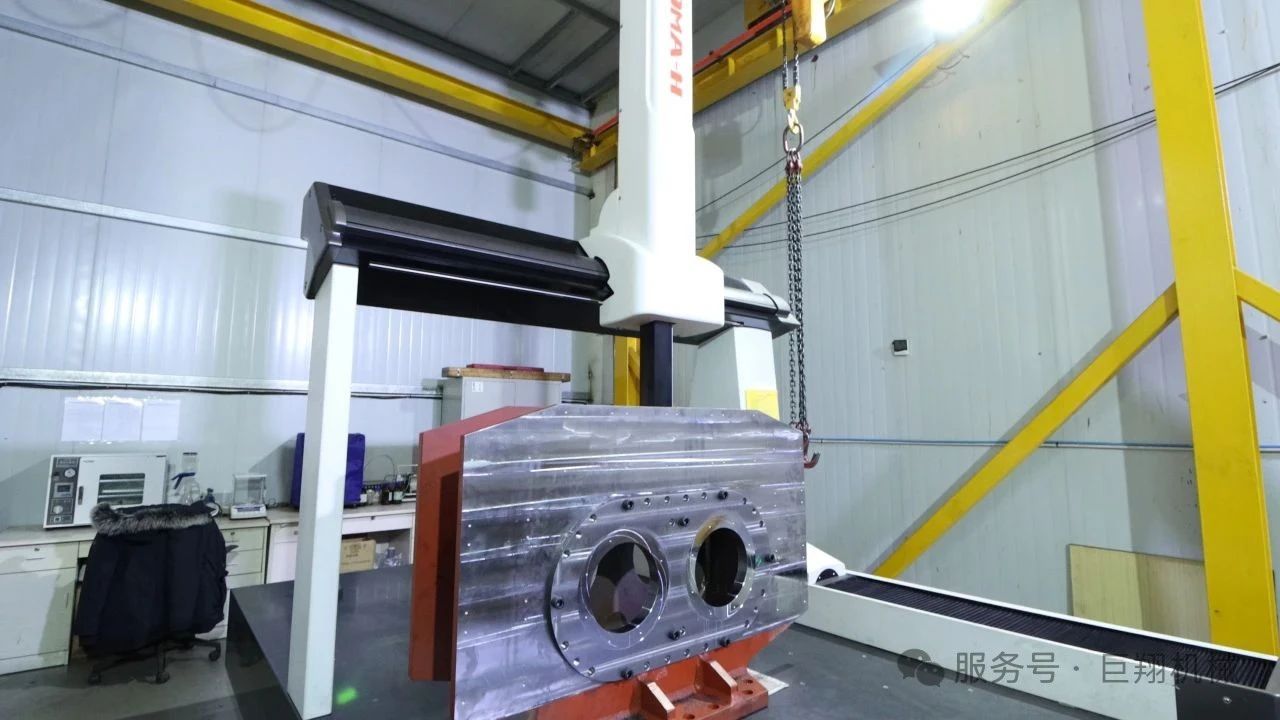Why do some mechanical products have large areas of paint peeling and rust after a long time, while some products can be very durable? Today, let’s talk about the necessary steps for high-quality paint before paint construction – rust removal!!!
1. Why do we need to do this step for high-quality paint on global machinery?
· Rust removal, welding slag removal, and old paint removal
After welding and processing, the boom often has rust spots, scale, welding slag, etc. attached. Ordinary grinding is inefficient and cannot be completely removed. Sandblasting can effectively remove all surface pollution and restore the bright surface.
· Surface primer function
The tiny concave and convex rough surface left by sandblasting provides an “adhesion anchor point” to make the subsequent primer more solid and not easy to fall off.
· Reduce internal stress
High-speed impact can release some residual stress after welding and reduce the risk of fatigue cracks.
2. What to blast? Media Selection Guide
Common sandblasting media include:
· Steel sand/steel shot: heavy-duty rust removal, high efficiency, but high equipment requirements (recycling and processing heavy media).
· Glass beads/aluminum sand/zirconium sand/garnet: medium strength, easy to control the primer effect.
· Plastic or organic media (such as walnut shells, corn cobs): gentle cleaning, no damage to the substrate, suitable for details or easily deformed parts.
3. Dry spraying vs. wet spraying: choose the right one for peace of mind
Dry spraying (Advantages: fast rust removal, low cost, high efficiency; Disadvantages and limitations: large flying dust, need to pay attention to environmental protection and ventilation.)
Wet spraying (Advantages: obvious dust reduction, reducing flying sand injuries and static interference; Disadvantages and limitations: complex equipment, slightly higher cost, water treatment needs additional consideration.)
Dry spraying is commonly used in boom factories, which is efficient and fast; but if there are requirements for environmental and dust control, or in rainy season/closed environment, wet spraying is a more meticulous alternative.
4. Sandblasting process, no step missed
1) Shielding protection
Apply tape or shielding board to protect the non-sprayed parts, such as hydraulic interfaces and sealing rings.
2) The spray room is in place and well ventilated
Use the spray room or open work area to ensure that dust is sucked out in time.
3) Set parameters
Adjust the pressure to 90-100 psi (about 6-7 bar), and keep the spray gun about 10-15cm vertical to the surface.
4) Spraying stage
Sweep evenly and slowly, gradually cover, and deal with easy dust accumulation and dead corners; sand particles impact and peel off the contaminated layer at high speed.
5) Sand recovery
Most of them are closed-circuit circulation systems, filter dust and reuse media to reduce waste.
6) Clean dust
After spraying, use compressed air or vacuum dust removal to ensure a clean surface.
5. Many benefits of the process
· Amazing efficiency: the original color of the metal can be restored in a few minutes, and welds and rust can be quickly cleaned;
· Longer-lasting coating: the rough surface improves the resistance to peeling and the durability of the paint is significantly enhanced;
· Easier maintenance: easier management after sandblasting and improved corrosion resistance;
· Industrial aesthetics: after sandblasting, a uniform “matte” texture is presented, which is both tactile and visual.
6. Safety Tips
Sandblasting is cool, but it also has hidden risks:
· Operators need to wear pressure-resistant masks, hearing protection, and heavy gloves
· Use non-toxic media to avoid occupational hazards
· Dust-intensive environments must be isolated, fire-proof, and explosion-proof
· Regularly replace nozzles: wear and tear will reduce efficiency and cause waste of sand
Sandblasting and manual grinding are not hostile to each other. Instead, complementary use can improve efficiency
Practical recommendations
· Rough processing stage: first use manual grinding to process welding spatter areas and rough edges.
· Batch processing stage: Sandblasting is used for large areas, which is efficient and has good adhesion.
· Fine stage: fine-tune and grind small defects again, and finally manage dust and clean the surface.
| Method | Advantages | Disadvantages |
| Manual grinding (sandpaper
/grinding wheel/angle grinder) |
1) Low cost and simple equipment 2) Suitable for precise local trimming 3) Less dust and easy to control |
1) Low efficiency for large areas 2) Time-consuming and labor-intensive, hard work 3) Uneven surface roughness affects paint film adhesion |
| Sand blasting (dry blasting/wet blasting) | 1) High efficiency, can quickly process large areas 2) Surface roughness is uniform, up to micron level 3) Excellent detail processing, welds and dead corners can be cleaned 4) Reduce stress and improve subsequent coating adhesion |
1) High initial equipment investment 2) Dry spraying produces a lot of dust and requires dust control 3) Wet spraying is slow, has high environmental requirements, and complex sand treatment |
| Mechanical automatic shot blasting/sand blasting | 1) High automation, good consistency, low manual reliance 2) Ability to process in large quantities repeatedly without manual fatigue |
1) The equipment is large and expensive 2) It may not fully cover complex/large structures 3) It has poor flexibility and is not suitable for temporary or small-scale tasks |
For the excavator arm, sandblasting is a highly efficient, effective and corrosion-resistant cleaning. The core is: spraying off rust spots + creating a rough surface + improving paint adhesion, supplemented by dry/wet spraying, selecting the right medium and safety protection. The process is remarkable.
This step improves the quality and durability of the entire casting/manufacturing process. If you want to know more about the sandblasting equipment model, construction video or material cost, you can also continue to chat!
Post time: Jul-02-2025
